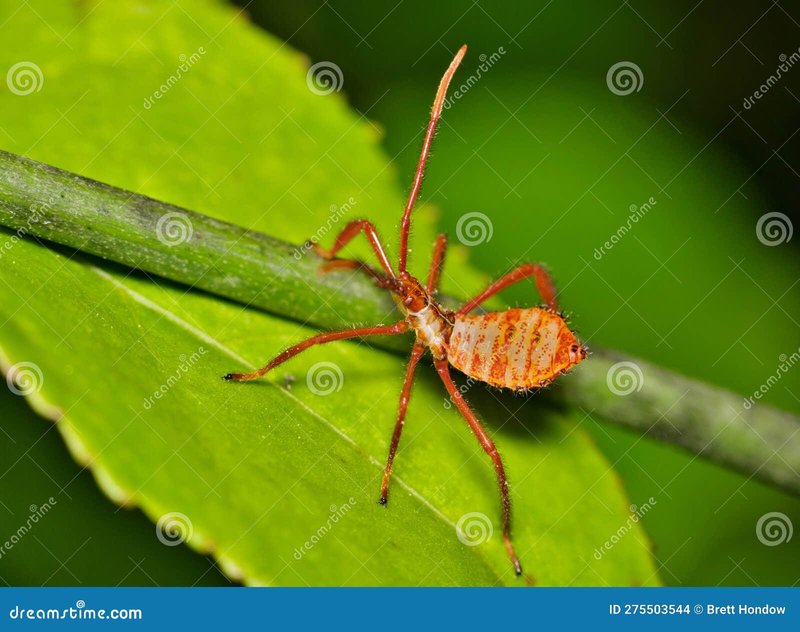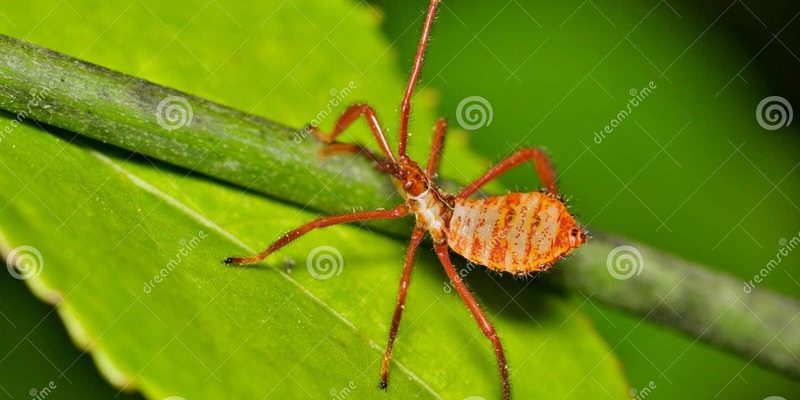
Imagine having a tiny, spiky worm that can teach us a lot about ecosystems and parasitology right in front of you. It’s somewhat like having a mini science lab in your backyard. But here’s the catch: Acanthocephala have specific requirements that don’t make them easy to keep. So, let’s dig in and explore what it really means to study or farm Acanthocephala in captivity.
What Are Acanthocephala?
Acanthocephala are a phylum of parasitic worms characterized by their spiny, retractable proboscis, which they use to anchor themselves to the intestines of their hosts. These worms have fascinating adaptations that allow them to thrive in different environments. They lack a digestive system, which means they absorb nutrients directly through their skin from their hosts. It’s a bit like a roommate who never pays rent but thrives off your grocery bills!
Typically, Acanthocephala have complex life cycles that involve multiple hosts. They start as eggs, which are consumed by an intermediate host, often an insect or a crustacean. Inside this host, they grow into larvae and then move on to their final host, where they develop into adult worms. This life cycle complexity makes studying them both challenging and rewarding.
You might be wondering why anyone would want to study these creatures. Well, they provide crucial insights into ecological relationships, host-parasite interactions, and can even inform us about disease processes affecting humans and animals. So, they’re not just weird little worms; they have important roles in the environment!
Challenges of Keeping Acanthocephala in Captivity
Keeping Acanthocephala in captivity is no walk in the park. First off, their unique life cycle presents significant challenges. You can’t just throw a few worms in a tank and expect them to thrive. For successful cultivation, you need both intermediate hosts and a way to mimic their natural environment.
Acanthocephala’s dependence on multiple hosts can complicate their study. If the worms don’t have access to the right species, they can’t progress through their life cycle. Plus, replicating the exact conditions they thrive in is tricky, especially since these creatures are often found in specific habitats, like freshwater or marine environments.
Another problem is that Acanthocephala are sensitive to environmental changes. Any shifts in temperature, salinity, or even the type of food provided can impact their health. It’s a bit like trying to keep a delicate balance in a high-stakes ecosystem, and even small changes can lead to unexpected outcomes.
Understanding Their Ecological Importance
Acanthocephala play vital roles in their ecosystems. They help regulate host populations, which is essential for maintaining balance in nature. For instance, when Acanthocephala infect fish, they can influence the health and behavior of the fish populations, which in turn affects the entire aquatic food web.
These worms act as indicators of ecosystem health. If their populations are thriving, it can suggest that the ecosystem is stable. Conversely, declines in Acanthocephala can indicate ecological disturbances, such as pollution or habitat destruction. This makes them valuable for scientists monitoring environmental changes.
Studying Acanthocephala in captivity can give researchers insights into these relationships. By observing how they interact with their hosts, scientists can learn more about the dynamics of ecosystems and develop better conservation strategies for maintaining biodiversity.
Is Farming Acanthocephala Feasible?
Farming Acanthocephala is a tantalizing idea, but it raises several questions. Given their complex life cycle, farming these parasites requires not just a commitment but also significant resources. The need for intermediate hosts can make it a logistical puzzle.
You’d have to create a controlled environment that mimics their natural habitat, complete with suitable hosts. This could involve breeding specific species of fish, crustaceans, or insects, which can be a significant undertaking. It’s a bit like running a small ecosystem where every piece has to fit perfectly.
Moreover, there are ethical considerations. Maintaining the health and well-being of all species involved is crucial. So, while farming Acanthocephala might be possible, it must be approached thoughtfully to ensure it’s both ethical and sustainable.
Potential Research Benefits
If researchers can successfully study Acanthocephala in captivity, the potential benefits are significant. For one, it would allow scientists to conduct controlled experiments. Being able to manipulate variables more easily opens the door to new discoveries about host interactions, environmental impacts, and even parasitism itself.
Think about it—researchers could investigate how different environmental changes affect Acanthocephala’s life cycle or behaviors. They could explore how these parasites interact with various host species in a controlled setting, leading to breakthroughs in understanding disease processes.
Additionally, harnessing Acanthocephala’s unique biology could have implications for medicine. Some studies suggest that understanding how these parasites survive without a digestive system could inspire advances in nutrition or drug delivery systems in humans. So, the stakes are higher than just observing some wiggly worms!
So, can Acanthocephala be studied or farmed in captivity? The answer isn’t straightforward. While the challenges are considerable, the potential for research and discovery is equally compelling. Advances in rearing techniques and a deeper understanding of their life cycles could pave the way for future studies.
As we push the boundaries of knowledge in parasitology and ecology, Acanthocephala might just hold the key to understanding larger ecological issues. For anyone fascinated by biology and ecosystems, these spiny-headed worms are worth keeping an eye on.
In conclusion, Acanthocephala are a remarkable group of organisms with a complexity that mirrors the ecosystems they inhabit. Whether we can farm them or not, one thing is clear: they have much to teach us about life on Earth.

